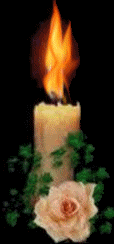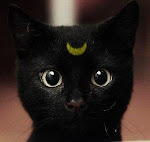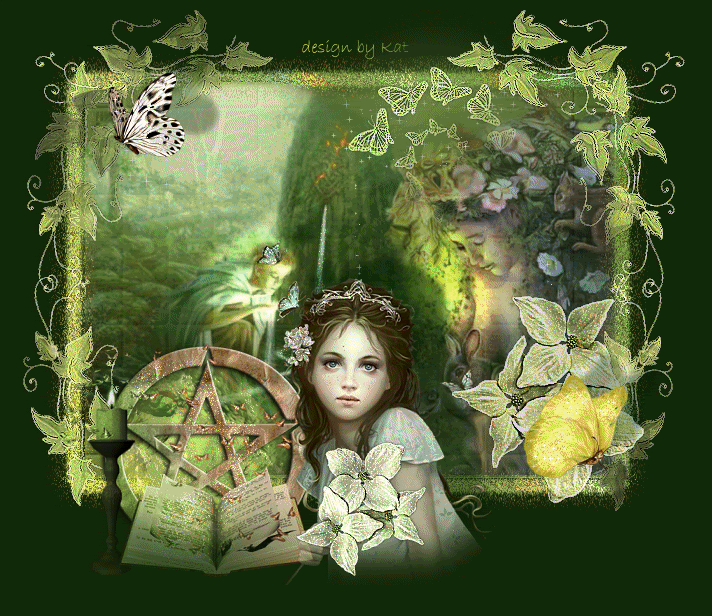Shakespeare once said, “A rose by any other name would still smell as sweet.” Unfortunately, in the world of aromatherapy and essential oils, it is all too easy to be fooled. We may think we have purchased a pure oil, when in fact, we have purchased a cheap imitation that is anything but pure.
Aromatherapy uses essential oils to benefit human beings physically, mentally, and emotionally. The essential oils enter the body through inhalation via the nose or olfactory system. They may also be ingested through a suitable carrier such as oil, where they penetrate the skin and eventually enter the circulatory system. Pure essential oils are the “life force” of the plant, and they cannot be duplicated in a lab with additives. These oils are obtained from plants’ roots, leaves, bark, stems, rhizomes, flowers, fruit rind or seed. These essential oils are the exclusive product from extraction of volatile aromatic principles or distilled oils. For this reason, it is important that a pure essential oil not be used directly on the skin. A single essential oil can contain well over 100 or more chemical constituents.
Adulteration of essential oils can occur at any stage in the supply chain. The distillation process is an important factor in the gathering of these oils. The use of pure water with no additives used in the distillation process, low temperature, low pressure and a long distillation time are needed to preserve the pure essence of the plant and to capture the quality of the essential oils.
A technique called GLC, or Gas Liquid Chromatography, is used to give a highly detailed analysis of the oil. This type of testing is the most common and will show any added adulterant. Other tests on essential oils are infrared, optical, rotation, specific gravity and mass spectrometry.
Adulteration of an essential oil can be as simple as adding a component to stretch or standardize the essential oil. It can be a simple or complex process. Examples of adulterations are added alcohol, the addition of lemon or orange terpenes, and synthetic additives such as DPG or PEA to “bulk” up or augment an oil. A common process of adulteration involves taking a cheap oil such as lavindin and selling it as lavender.
When looking for a pure essential oil, it is important to do your homework. Many oils are sold as fragranced or perfumed oils and are considered adulterated. They have been cut with other oils or synthetic chemical components. This is why it is important not to purchase an oil based on scent alone. Perfumed oils are often mixed with chemical pesticides or other additives that dilute the oil so it can be produced at a cheaper price. The water used in distilling these “perfumed” oils may contain chlorine and other harmful chemicals.
Good quality essential oils will not feel greasy to the touch. These oils will be bottled in amber brown bottles so they will be shielded from light. Make sure the oils you purchase are certified organic. Pure essential oils will have a product specification sheet which describes how the oil was obtained and distilled and that tells you the country or region from which it came. It will have a batch number, production date and chemical data that lists the seven major components of essential oil. Traceable protocols will state that it contains no added water, alcohol, carriers or diluents.
Use common sense when dealing with essential oils. Although many essential oils are GRAS, or, generally regarded as safe by the FDA for internal use, check with a qualified aromatherapist or herbalist first. Since pure essential oils are volatile, do not use them near heat or flames. Some oils will cause sun sensitivity, especially those in the citrus family. Always dilute an essential oil before applying it to skin to avoid irritation. Store your oils out of direct light and heat and be sure to replace the cap tightly to avoid evaporation. Citrus oils can be refrigerated. If you mix your oils with a carrier oil, the shelf life of the oil will depend on the type of carrier oil used. For safety reasons, follow any precautions listed on the oil, as many are not considered safe during pregnancy. Above all, remember that aromatherapy is only as good as the quality of essential oils used.





































